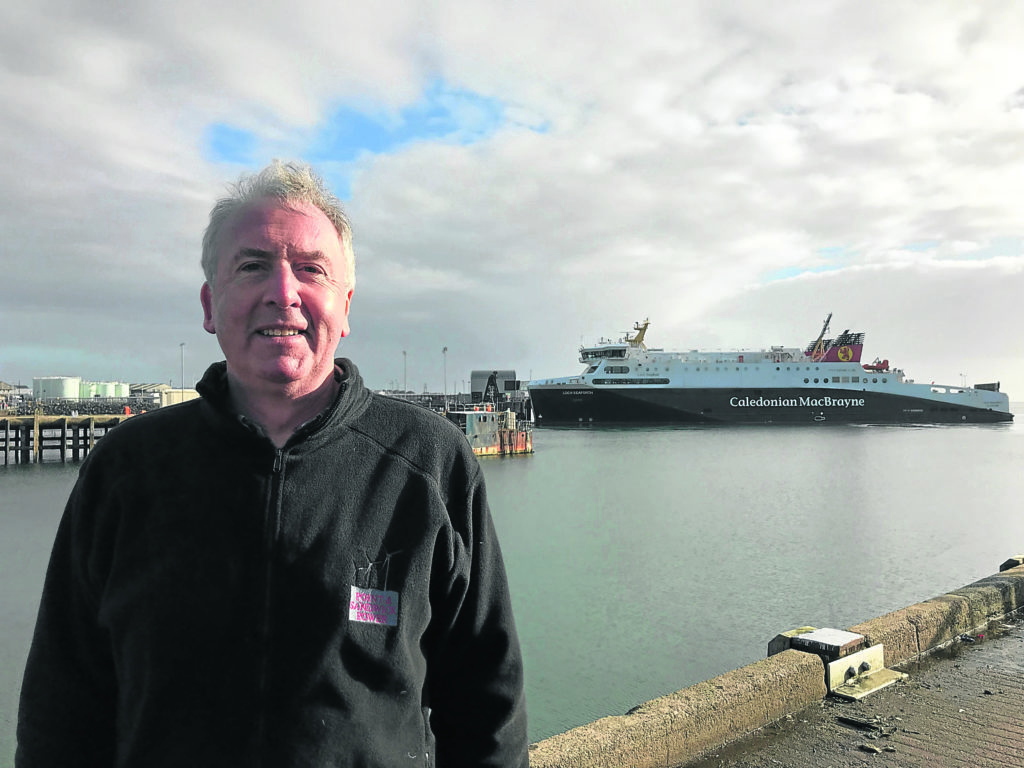
Plans for the world’s first seagoing hydrogen ferry are taking shape in the Western Isles – fuelled by community-owned wind power.
Funding of £70,000 has been awarded by the Scottish Government to carry out a feasibility study into developing a hydrogen-powered ferry service to some of Scotland’s remotest island communities.
And now, the race is on to beat other communities around the world from getting there first.
Leading the project is Point and Sandwick Community Trust based on Lewis, the UK’s largest community energy company behind the award-winning Beinn Ghrideag community windfarm.
The other main players include CMAL, public owner of CalMac ferries, Ferguson Marine shipyard in Glasgow and Siemens-Gamesa Renewable Energy, the leading supplier of wind turbines to the UK.
Also involved are ITM Power, one of the world’s leading specialists in hydrogen manufacture, ENGIE, specialist in the transport and storage of gas, Wood, a global leader in the delivery of projects, engineering and technical services to energy and industrial markets, and Johnston Carmichael, Scotland’s largest independent firm of chartered accountants.
The feasibility study, to be completed by June, will look at the technical and commercial requirements for a west coast hydrogen ferry.
It will consider the manufacture of hydrogen using local wind power, the challenges of how to handle, transport and store the hydrogen on local piers, and how the design of the ship and its engines needs to be adapted to run on hydrogen fuel.
Although hydrogen has been used for small vessels on rivers or coastal routes, it has never been used on seagoing routes.
A small ferry on Orkney is powered by hydrogen while it is docked, providing the power aboard for lights etc.
Project manager Calum MacDonald, development director for Point and Sandwick Trust and the former MP for the Western Isles, said: “We have a simple yet bold vision which is to harness the huge potential of community-owned wind power on the Scottish islands to power the lifeline ferry services by utilising the very latest in hydrogen energy technology.
“Turning that vision into reality will be a world first and requires the very best expertise in both energy and shipping technology.
“We hope to produce this first report by the summer and if it indicates that vision is feasible and practical, we can then move onto the development phase with a view to having a ferry operational in the early 2020s.”
Recommended for you
